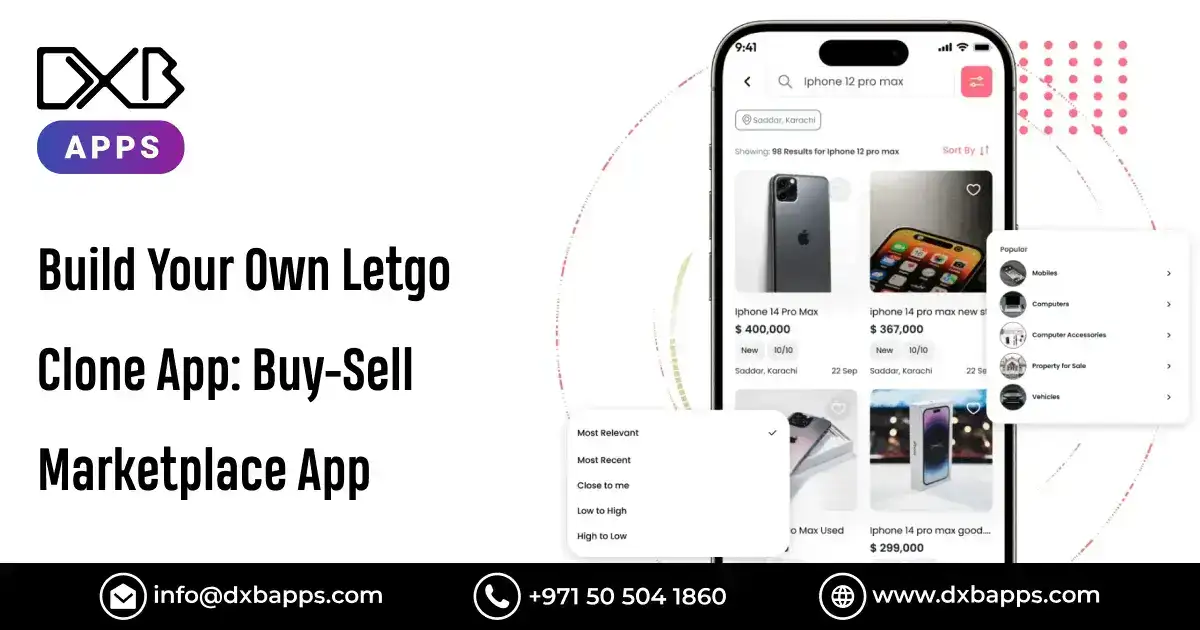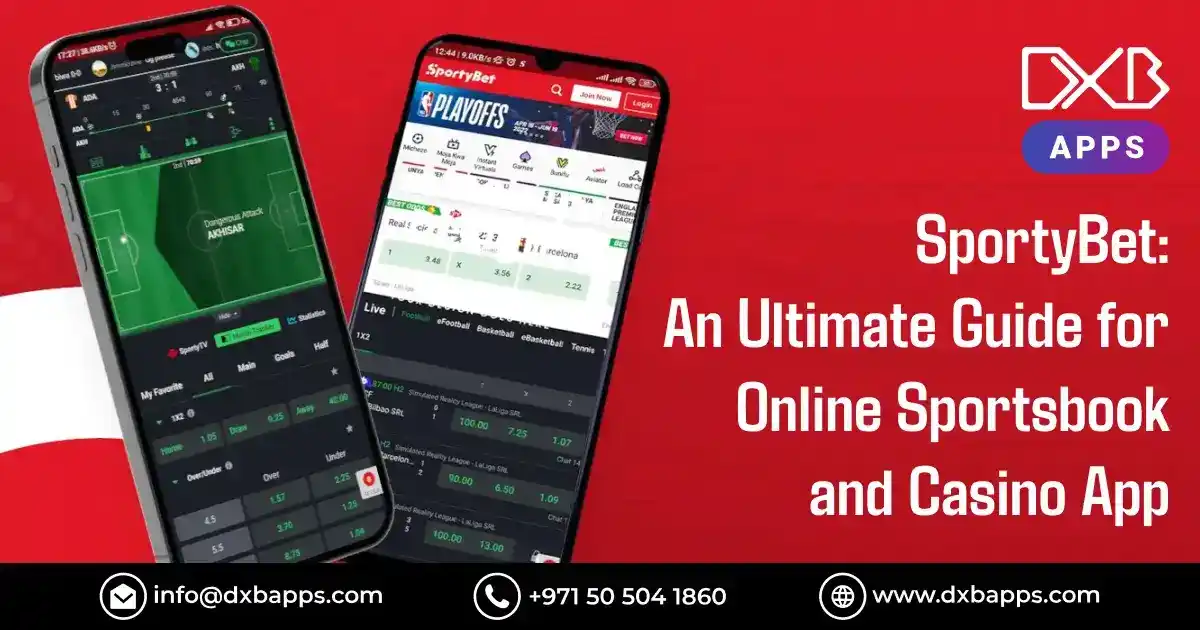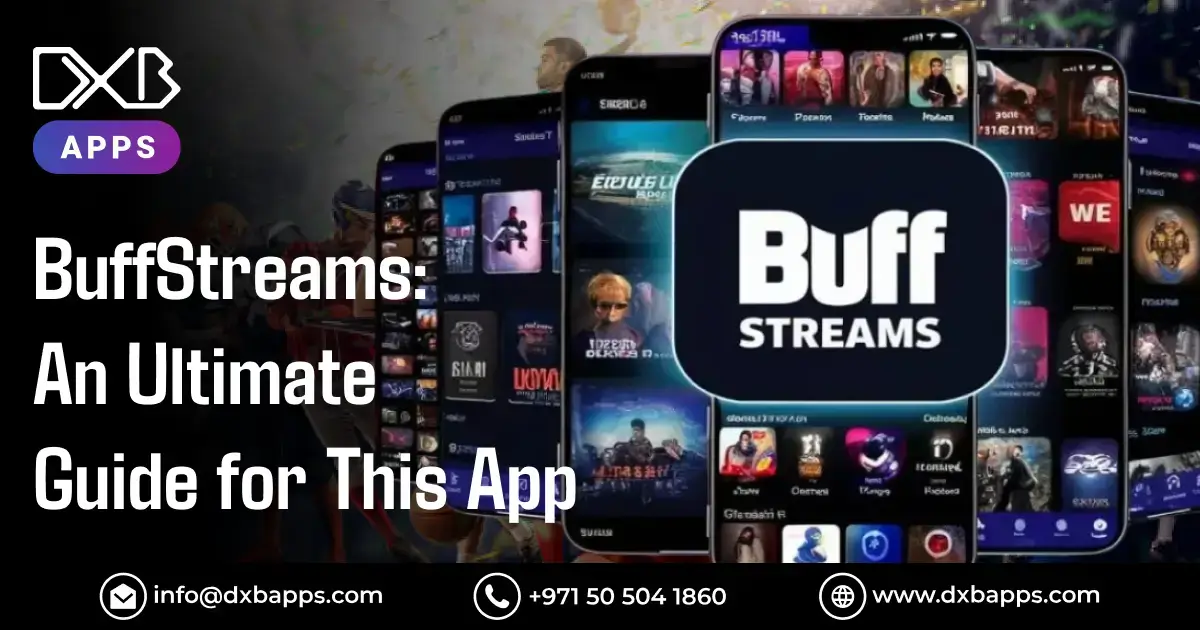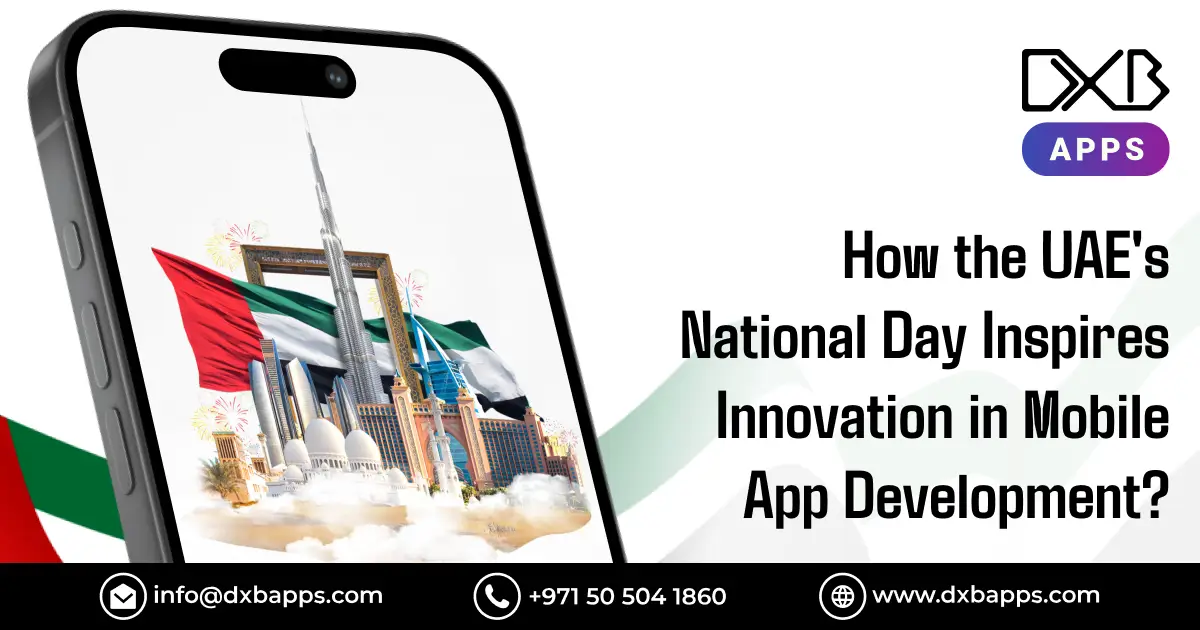With the convenience of buying and selling used products online, today's modern age of the internet has revolutionized the business landscape. Apps such as Letgo have given way to the peer-to-peer business, allowing customers to declutter their houses and get great bargains at the touch of their mobile screens. The success of such letgo the app has prompted entrepreneurs and businesses to think about developing a Letgo clone app of their own.
This comprehensive guide will walk you through developing a buy-sell marketplace app similar to Letgo, highlighting key features, how to build, and the sheer magnitude that exists in this market.
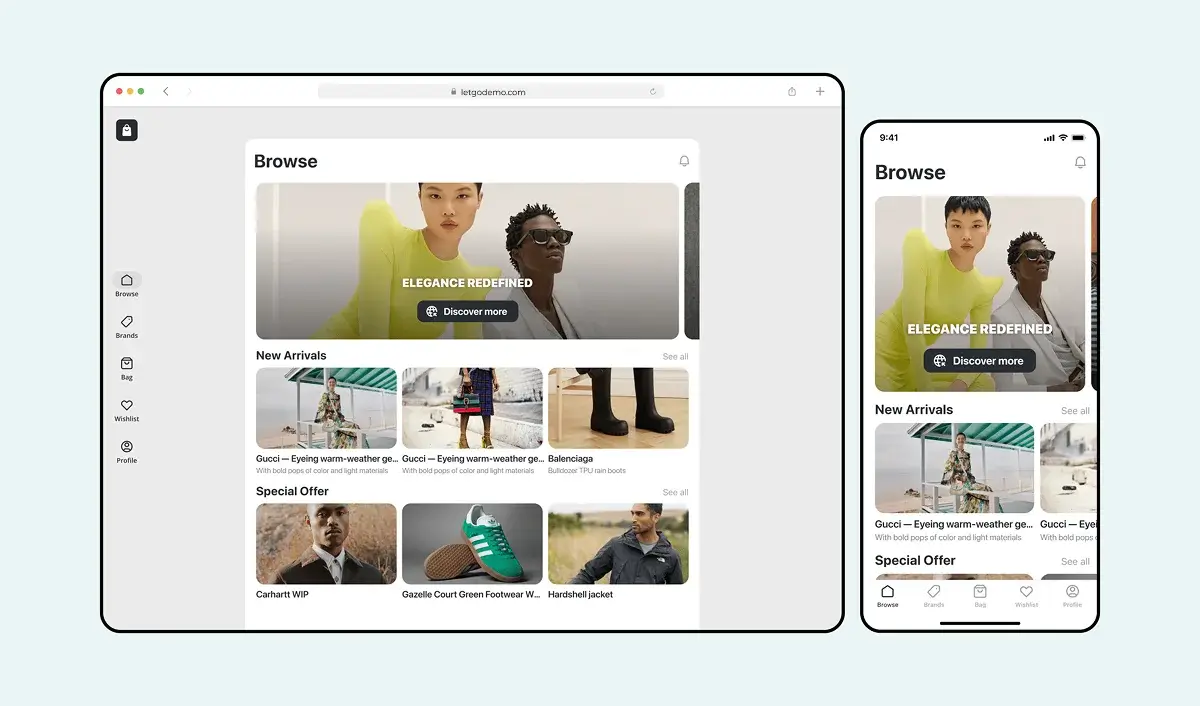
Cracking the Letgo Code
People flocked to Letgo Marketplace when it first appeared in 2015 because it made buying and selling secondhand items easy in the community. Letgo user-friendly layout and features such as in-app messaging and image recognition attracted customers looking for a hassle-free way to buy or sell products.
In 2020, the two companies joined together to collaborate on expanding across the online marketplace sector. With local buying and selling remaining a popular trend, other companies have seen a chance to enter the market and make a name for themselves.
"Empowering Your Marketplace Dreams with DXB APPS"
Market Potential: The Resale Boom
The secondhand products market has been growing faster in recent years. Industry estimates have put the secondhand product market online at $64 billion by 2025. This is driven by increasing consumer awareness of being sustainable, cost-effective, and convenience through online transactions.
Besides, platforms like Letgo have proven the viability of this model, with a user base of more than 90 million and $3.7 million in yearly revenue in the past year. Such a figure indicates the viability of the resale market and the potential for new platforms to find their own niche.
Key Features of a Successful Letgo Clone App
In order to be able to mimic the success of the letgo app, your buy-sell marketplace app must possess the following features:
1. User-Friendly Interface
There should be a simple and intuitive interface for user happiness. Your Letgo clone app should have simple menus, understandable icons, and simple navigation so that users will be able to browse, list things, and complete tasks without any confusion. Even beginners with less technological expertise should be able to use the app easily. A smooth interface gives a good first impression and engages the users for longer periods.
2. Advanced Search and Filters
Users must be able to rapidly find what they’re looking for. Advanced search, together with filters such as product type, place, price and condition, help users quickly find our listings.This is time-efficient and optimizes their experience. Having the search quick and accurate gives a sense of reliability and ease of use to purchase and sell through the app.
3. In-App Chat Functionality
Direct interaction between sellers and buyers is crucial. They have an in-app chat system that allows users to converse regarding product details, ask questions, and transfer prices all without leaving the app. This makes the entire buying and selling process secure and convenient for them. It also provides it with a personal touch and builds trust among users to make the sale effective and smoother.
4. Secure Payment Integration
To be trusted by users, your app should have secure and safe payment options. Having authentic payment gateways ensures safe financial transactions are made and are safe from fraud. It enables buyers to pay without fear and provides sellers with peace of mind as well. Providing multiple payment choices—such as credit/debit cards, wallets, or bank transfers—makes the app usable for more people.
5. Ratings and Reviews
After each transaction, users should be permitted to leave feedback. Having a rating and review mechanism encourages truthful exchange and building a stable community. New buyers get to read reviews prior to purchasing, while sellers are capable of self-correcting through feedback. It is a self-regulating environment over time where good users get rewarded and bad behavior is discouraged.
6. Push Notifications
Push notifications keep your users informed and interested. They allow you to alert users when they get a new message, if someone is interested in their listing, or when others list similar items. In-app notifications encourage users to open the app more often and stay active. You can even leverage them to provide offers, events, or updates—driving retention and traffic.
7. Admin Dashboard
You require a robust admin panel to control your platform efficiently. It must allow you to monitor user activity, approve or remove listings, control reported posts, and observe transactions. You can also utilize the dashboard to oversee analytics, identify trends, and optimize things. Being fully in control ensures that your marketplace runs smoothly and is secure for all users.
Monetization Strategies
It is possible to earn money from your Letgo clone app through various sources:
Freemium Model
Freemium model allows your Letgo clone app users to utilize minimum features for free, making it easy to acquire a huge number of users. To generate revenue, you can offer premium features such as featured listings, urgent badges, or increased visibility for a small payment. This model is a balance between accessibility and revenue generation, encouraging the free users to upgrade to paid-for benefits as they become engaged on the platform.
In-App Advertising
Partnership with businesses to display targeted ads within your app is an excellent way to generate revenue. Such ads are tailored from user behavior, search history, and location, thus making them more valuable. Pop-ups, sponsored results, and banner ads can be placed in a manner that does not disrupt the user experience. This assists you in making revenue while offering benefit to advertisers who need to get in front of a focused, interested audience.
Transaction Fees
Charging a small commission on each successful transaction is an easy and reliable source of revenue. Once someone buys something on the platform, part of the sale is transferred to the app owner. The mechanism ensures that you earn money from real usage of the platform, which encourages you to enable secure, large-sum transactions. The commission should be low enough not to deter buyers from making a purchase.
Subscription Plans
Include subscription plans that are annual or monthly and are geared toward businesses or frequent sellers. These can include special features like unlimited listings, better support, advanced analytics, and improved listing visibility. Subscriptions make your revenue more predictable and give value users more for their money. It also helps to segment your user base, serving differently the casual users and business vendors who rely on your app for sale.

Development Process: Building Your Letgo Clone
Creating a robust and scalable buy-sell marketplace application is a process with some critical steps:
1. Market Research
Before designing your Letgo clone app, it's crucial to understand your audience. Discover who they are, what they need, and how they buy or sell online. Analyze the competition to see what works and what doesn't. Identify areas in the market that need filling and prepare your own unique selling points. This information allows you to create an app that stands out and actually speaks to people, making you more likely to achieve success.
2. Define Features and Functionalities
Use your research to list the core features your app must include—such as product listings, search filters, chat, and payment options. Think about what your audience values most. Your app could benefit from features such as AI-driven recommendations or location-specific search results. Make sure your app features keep pace with changing demands and deliver above and beyond what users want.
3. Choose the Right Technology Stack
Choosing the appropriate tools will help you create a strong app. You can use React Native to develop one mobile app that runs on both platforms. Node.js proved to be remarkably rapid and flexible when used for the backend of the app.Choose a database like MongoDB or Firebase. Make sure your choice of technology makes your app scalable, handle traffic well, and be secure from cyber-attacks.
4. Design UI/UX
Keep it pretty and clean is what makes the users come back. Make your app easy to use, with clear buttons, fewer menus, and smooth transitions. Put the user-friendly layout, light colors, and easy navigation first. Nice UI/UX makes the users spend more time on the app, view listings, and transact without becoming confused and frustrated.
5. Build and Test
Start developing your app using the chosen technologies. Build it step by step—starting with the most important features. Once your app is functional, begin testing it thoroughly. Check for bugs, glitches, and user experience issues. Perform both manual and automated testing on different devices to ensure smooth performance. Fix all issues before the public release for a polished final product.
6. Launch and Market
Once this is tried and ready, put your app on markets like the Google Play Store and Apple App Store. Promotion now—the moment to promote your app is on social media, app store optimization, and influencer partnerships. Offer deals or refer-a-friend incentives to get first-time downloads. Keep users with regular updates, push messages, and excellent customer support.
Why Choose DXB APPS for Your Mobile App Development in UAE?
In the context of mobile app development Dubai, DXB APPS is a top-rated mobile app development company. Having experienced mobile app developers working for us, we deliver personalized applications as per your business needs.
Regardless of where you are in the world, your Letgo clone app development Abu Dhabi will be carried out with the finest standards and state-of-the-art technologies and best methods.
Conclusion
The resurging resale sector has huge potential for businesspersons and companies to leverage. With a Letgo clone app, you can catch the lucrative wave, providing your customers with a platform that provides convenience, reliability, and speed.
With the expertise of DXB APPS, your app launch journey from idea will be seamless, hence making your app a success in the competitive market.
FAQs
Q1: How much does it cost to create a Letgo clone app?
The price tag for building a Letgo clone app varies depending on how many features you want, how elaborate the design is and if you’d like it to run across different platforms. You can expect to spend between $10,000 to $50,000 for the creation of a Letgo clone app. According to the specific functionalities your app requires, the prices may vary.DXB APPS offers scalable pricing plans to meet your specific needs and budget.
Q2: How much time does it take to develop a buy-sell marketplace app?
It generally takes 3 to 6 months to create a fully working buy-sell marketplace letgo application. This includes planning, design, development, testing, and deployment. But this time may vary based on your project's complexity and feature list. A simple version would require less time, but an app with rich features and many integrations will require more time. At DXB Apps, we deliver projects on time without hampering quality.
Q3: Is it possible to customize the features of my Letgo clone app?
Absolutely! Customization is one of the biggest benefits of choosing DXB APPS as your development partner. Customize your app exactly how you need it to meet your business needs. We closely work with you to bring your ideas to life and ensure that the app becomes as comfortable to your target audience as a glove.

